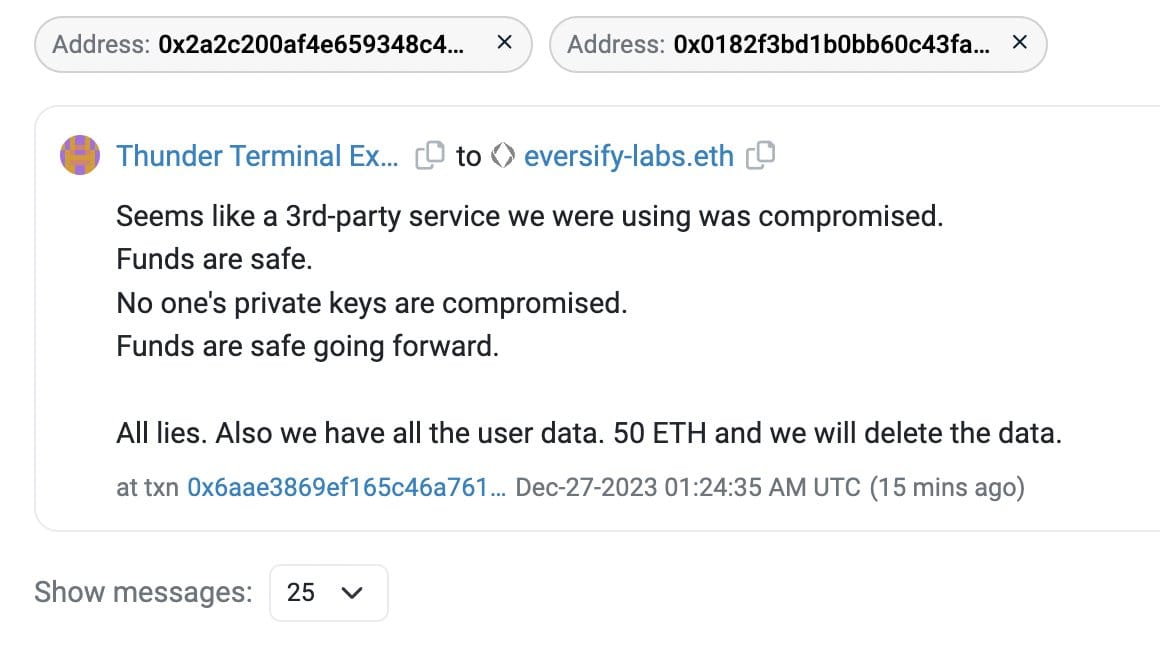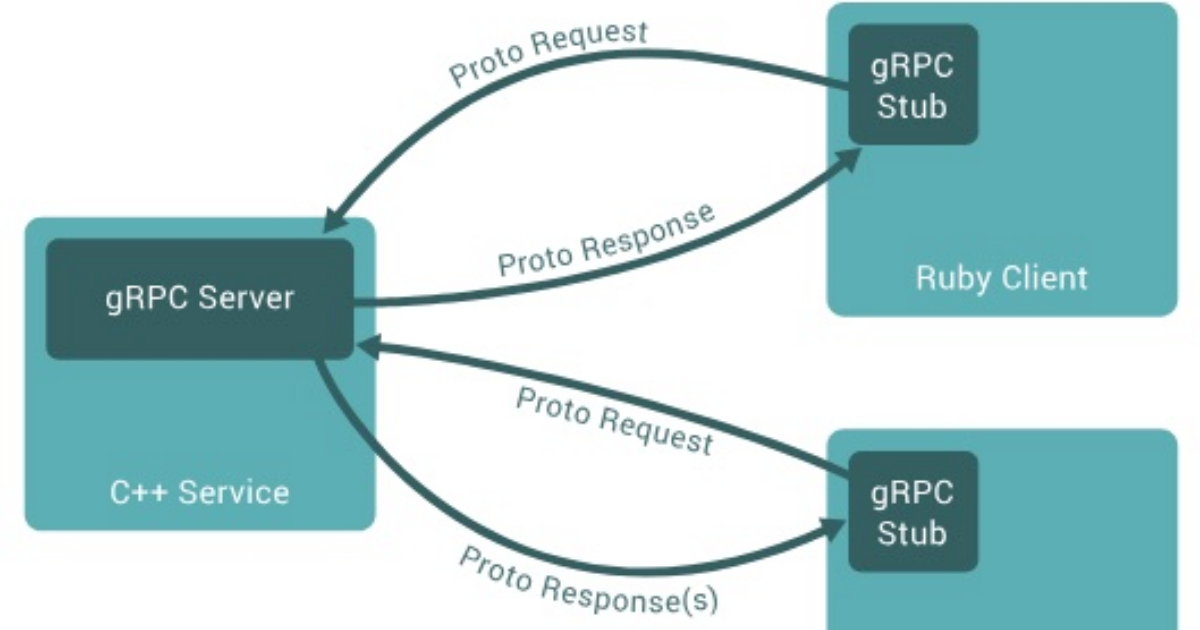A scalable and flexible custom web app development process is necessary for a continually shifting business landscape – what better solution exists than MERN stack development services or MEAN stack development services? Compare Development Services Based on Your Requirements and Scope
Business owners may find selecting the appropriate technology for their web app development project challenging, particularly if they lack tech stack experience. Consult the best web app development company,hire MERN Stack Developers, or accelerate it based on launch preferences to help navigate this decision-making process more smoothly.
Web development frameworks are constantly adapting to meet user and business demands. The MERN stack is an efficient technology stack that combines MongoDB, Express.js, and React.js as an all-inclusive solution for building robust, scalable web apps that offer unparalleled efficiency.
In this article, we’ll look at this promising solution and its many advantages.
NoSQL data store forms the cornerstone of the MERN stack. Its flexible schema lets developers quickly store, retrieve, and manipulate JSON documents.
MongoDB offers high scalability and performance characteristics, making it a popular choice for large data volumes. In contrast, its high reliability integrates easily with MERN.
Express.js is a minimalistic web framework that simplifies building reliable and scalable server-side apps, offering features and middleware to simplify creating APIs, routing requests, and managing them more efficiently.
Express also makes creating server-side components seamless integrations with MERN stack layers such as front-end or database components easier for developers.
React.Js Is An Open-Source Front-End Framework
React.js is a JavaScript library created by Facebook, widely renowned for creating interactive user interfaces. React.js allows front-end developers to build modular interfaces by creating reusable UI elements; its virtual DOM and efficient rendering capabilities ensure complex data-driven applications run optimally; its component-based architecture encourages code reuse for quicker project development teams.
Node.Js Is An Event-Driven Runtime Environment
Node.js is a JavaScript-based runtime environment that enables developers to run code outside of browsers on servers, providing high performance and scalability for server-side processing of code. Node’s event-driven architecture and non-blocking I/O operations offer high scalability and performance while making Node an ideal choice candidate for creating end-to-end applications thanks to the seamless integration of client and server-side code into a single language.
Benefits of MERN Stack Development Services
- Full-Stack JavaScript: One of the primary advantages of MERN is its use of Full-Stack JavaScript, as it eliminates switching between languages, streamlining development workflow and increasing productivity.
- Rapid Development: React.js is known for its modularity and reusability; when combined with Express.js, it allows for swift development. MERN stack developers can rapidly develop feature-rich web apps with reduced time-to-market.
- JavaScript: Powers both the front-end and back-end of the MERN stack, enabling developers to seamlessly share code between clients and servers – thus eliminating duplication, increasing maintainability, and speeding up iterations throughout development cycles.
- Scalability and Performance: Applications built using the MERN stack are inherently scalable due to Node.js’ non-blocking capabilities and MongoDB’s horizontal scaling abilities; as a result, applications built on this stack can handle increased user load without impacting performance negatively.
- Supporting Community: The MERN stack is supported by an active developer community, offering open-source frameworks, libraries, and resources to promote collaboration, knowledge sharing, and continuous improvement.
What is the MERN Stack?
A stack amalgamates multiple technologies, such as programming languages, frameworks, libraries, and tools, to develop web and mobile apps. MERN stands for MongoDB Express.js, React.js, and Node.js; its construction represents a process.
- MongoDB: A document-oriented NoSQL (non-structured SQL) database that can offer flexibility to web applications and maximum scalability.
- Express.js is a node.js framework with flexible yet minimal capabilities designed for web and mobile apps. It offers robust features to build RESTful APIs and backends that are reasonably complex websites and mobile applications. Web developers use Express to develop backends, websites with reasonable complexity, and mobile apps using it as a backend.
- React.js: It is an open-source library created in JavaScript designed to create beautiful user interfaces through components. With React, apps run faster, perform better, and significantly reduce development time – all while being beautiful. This fantastic tool can make all your designs interactive.
- Node.js is an open-source server-side environment for developing real-time, fast, scalable networking applications. Node.js can open, read, and write files while opening new ones and closing old ones on its server backend, making web app development services quicker and loading them quicker than any other web development cost framework available today.
Why use MERN Stack When Developing Web Apps?
Benefits of 3-tier Architecture
MERN Stack allows web developers to use its three-tier architecture platform for building web apps that utilize front-end components, backend components, and database elements – creating the perfect combination of powerful technologies like JavaScript, JSON, and others to form this structure.
MERN Stack allows web developers to design 3-tier architectures for web apps that feature front-end components, backend components, and document database elements. Combining JavaScript, JSON, and other powerful technologies is perfect for success.
Front-end (React.js)
React.js is an open-source JavaScript Framework to develop HTML applications with rich user interfaces. React makes complex interfaces accessible through simple components in its library that connect backend servers.
Backend (Express.js & Node.js)
Express.js is designed to work seamlessly with Node.js Servers, using modules that efficiently match incoming URLs with server functions to manage HTTP requests and responses more efficiently.MERN developers often utilize Express.js functions by sending HTTP XML requests or receiving React POSTs from React.js apps. Express.js also utilizes Node’s MongoDB drives through callback calls to access and update information stored within MongoDB databases more quickly and efficiently than Node directly.
Database (MongoDB)
When React.js, Express.js, and Node.js come together, they need an easily manageable and flexible database solution. MongoDB offers the perfect way to store and manage customer, order, inventory, and event information efficiently and reliably.
Express.js handles processing JSON documents created by React before being stored in MongoDB for safekeeping.
Woot. MERN is a Source
With MERN being open-sourced, no license restrictions are limiting its technology stack. Thus, companies of any level or size can use this open-source software stack to build excellent software applications without licensing issues.
Many top software development speed firms utilize open-source MERN as it frees their coding remote teams from this legal hassle. MERN Stack is an open-source software stack offering developers exclusive content, tutorials, and updates.
Versatile Coding via Codesharing
React.js is an elegant JS library that gives the community of developers all the tools to develop front-end apps quickly and efficiently and can even leverage UI components within web apps. MERN developers can utilize React.js codes across browsers and servers, with codesharing being possible between each dedicated team member.
MERN Stack makes creating pages on the server much simpler for developers and saves them both time and effort – not to mention increased flexibility.
Full-Stack Development = Decreased Costs
MERN Stack is open-source and, therefore, more cost-effective than expected due to community support, an easier learning curve, and faster setup for web application development – meaning MERN developers won’t need to look further than JSON and JavaScript when creating web apps with MERN.
Hiring MERN Stack developers can be an excellent way to reduce overall costs when hiring for MERN Stack applications development project requirements, eliminating the need for multiple software engineers with expertise in different technologies. MERN Stack is also an excellent digital solution for developing business web apps.

When Should We Use MERN Stack?
Our comparison between MEAN and MERN may have provided you with enough insight. Here, let us list when MEN should be considered the superior technology stack option – here are a few scenarios where MERN could be beneficial.
- Rapid iterations are expected: Regardless of whether your business is an enterprise, SME, or startup, its ecosystem must be ready to test and launch products quickly. MERN provides web app testing and development services which enable companies to launch products faster.
- Deadlines Are of Utmost Importance: MERN offers an easy-to-use React.js front-end library that quickly allows developers to execute code while supporting an MVC architecture. Furthermore, its development followed industry standards – making MERN an excellent business choice.
Takeaways from the Final Session
MERN stack offers many advantages for web application development projects, depending on your business requirements and scope. Bytes Technolab’s web development experts are here to assist as needed.
Before designing their architecture, business owners should consult experts to understand the pros, cons, and future repercussions of selecting a specific technology stack.
MERN stack development services offer budget-conscious web app creators an excellent choice when seeking maximum performance and user interface rendering; react.js rendering speeds will ensure faster user experiences, while MEAN stack is often chosen for web applications with heavy loads to handle.
News From
 Cyber Infrastructure INCCategory: Software Developers Profile: CIS Established in 2003, Cyber Infrastructure INC. or CIS is a leading IT and custom software development company in Central India. Since 2003, CIS has been providing highly optimized technology solutions and services for SMEs and large-scale enterprises across the world. CIS has worked with 5000+ clients in more than 100 countries. Their expertise and experience ranges across a wide range of industry domains like education, finance, travel and hospitality, retail and e-commerce, manufacturing, …
Cyber Infrastructure INCCategory: Software Developers Profile: CIS Established in 2003, Cyber Infrastructure INC. or CIS is a leading IT and custom software development company in Central India. Since 2003, CIS has been providing highly optimized technology solutions and services for SMEs and large-scale enterprises across the world. CIS has worked with 5000+ clients in more than 100 countries. Their expertise and experience ranges across a wide range of industry domains like education, finance, travel and hospitality, retail and e-commerce, manufacturing, …










 Cwm LLC lifted its position in shares of MongoDB, Inc. (
Cwm LLC lifted its position in shares of MongoDB, Inc. (